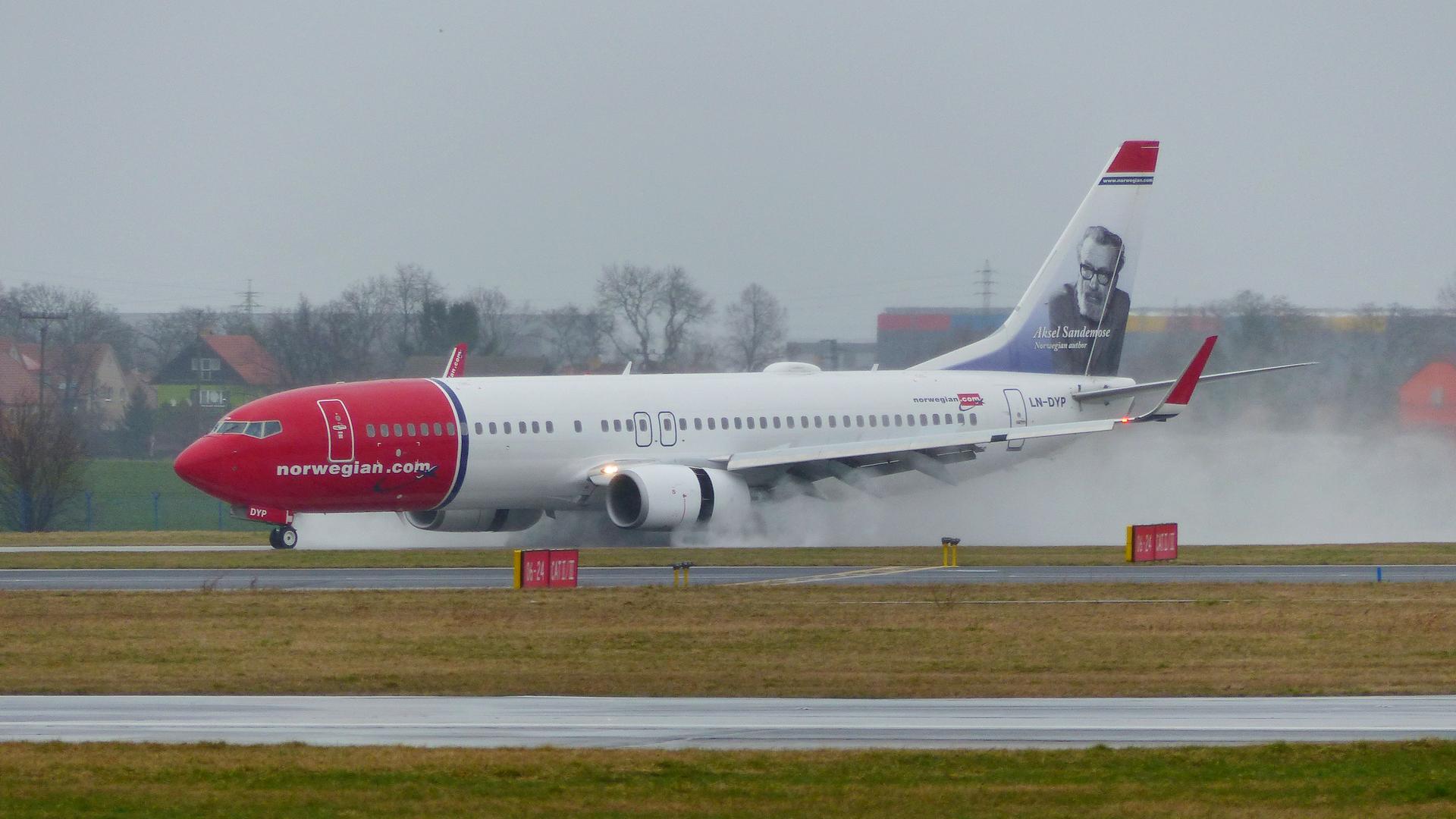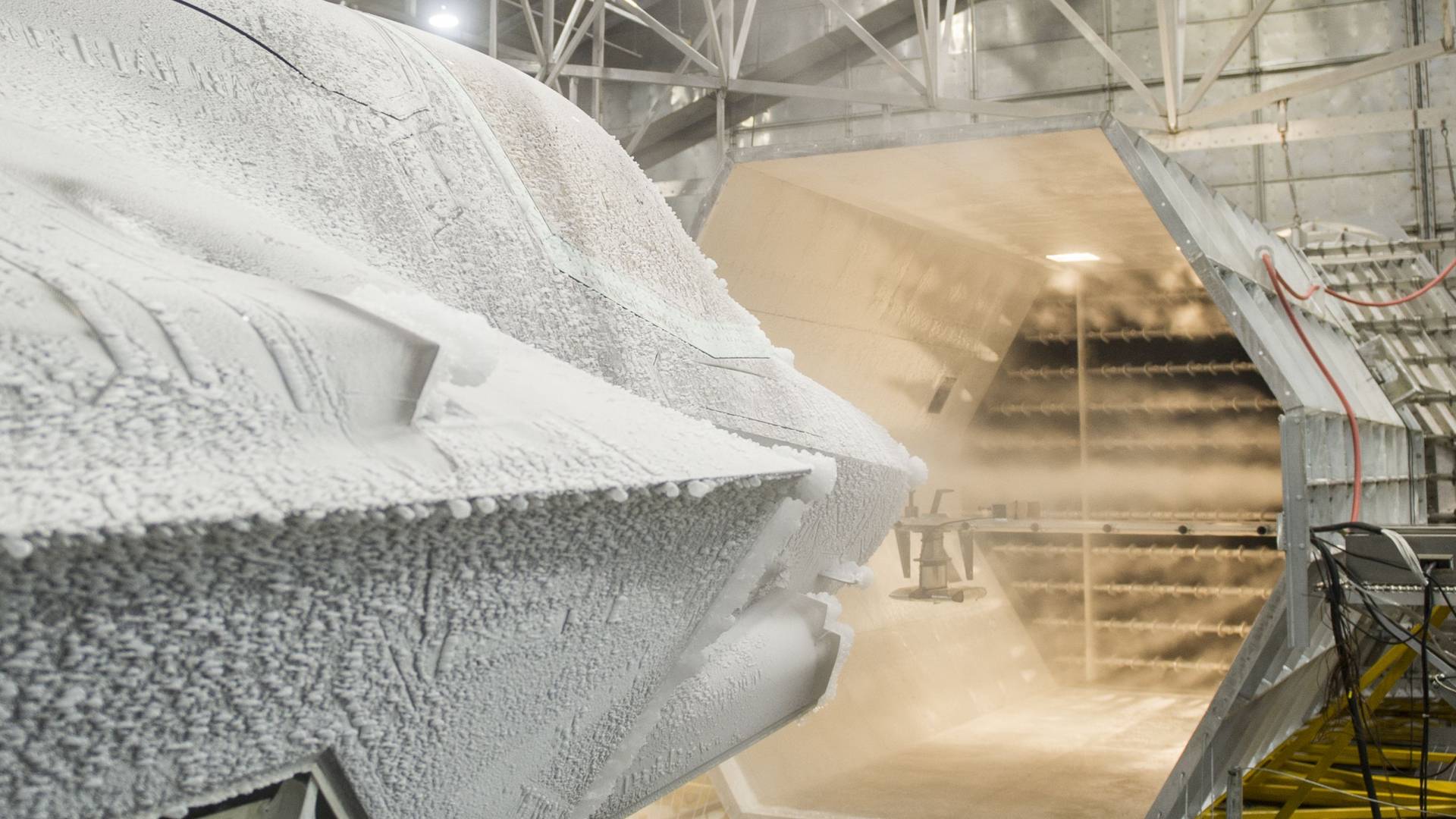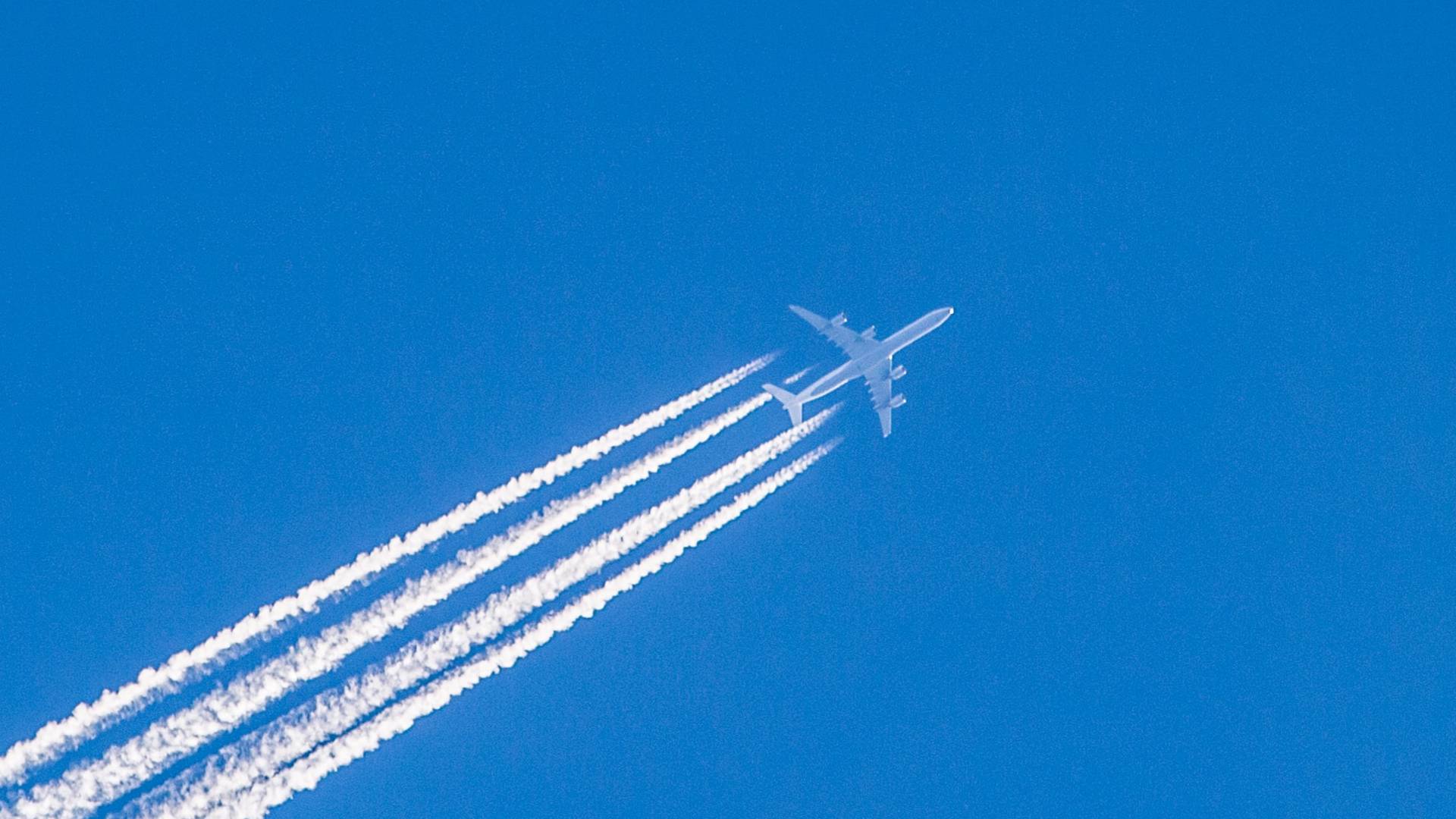At the moment aircraft release a lot of dihydrogen monoxide into the atmosphere, and future designs could increase that amount considerably.

Dihydrogen monoxide has a number of different names, including hydroxyl acid, hydric acid, and hydrogen hydroxide. It is abundant in every lake, river, and every other navigable waterway in the world. As a chemical compound, it is a significant greenhouse contributor and can erode and otherwise transform any landmass.

Inevitably, we all have a considerable amount of this material in our bodies. Dihydrogen monoxide comes with substantial health and safety risks, being responsible for hundreds of drownings every year. But this compound has also troubled the aviation industry, since its inception.
This is a chemical compound that can corrode many metals, including multiple aviation-grade aluminum alloys. It can interfere with the correct operation of some cockpit instruments, and under certain conditions, it can severely reduce visibility for pilots, often at critical phases of flight.

Going further, when it contaminates runway surfaces, the compound greatly increases the necessary runway length for landing. But more crucially, this compound is an important factor in the design of both current and future aircraft engines.
Dihydrogen Monoxide And Future Aircraft Engines
Engineers actually need to design and test engines so that they can ingest large amounts of this controversial compound without flaming out. However, this stuff is also the main visible component of high-altitude contrails.

The material’s persistent presence in the atmosphere can trap heat during day and night hours, causing a warming effect. And more to the point, some future engine designs could release more dihydrogen monoxide, making this effect even worse.
The main exhaust gases of hydrogen combustion jet engines and turboprops will consist almost exclusively of vaporized dihydrogen monoxide. It is still unclear how persistent the contrails of these aircraft engines will be.

Airbus is going to conduct testing with an A380 in a few years, in part to evaluate this issue. Hydrogen fuel cells will release similar amounts of dihydrogen monoxide in the atmosphere but may cause fewer contrails.
Scientists and activists have been raising the alarm on dihydrogen monoxide since the early 1980s. But despite its shortcomings, we still use this compound in many industries, including aviation – it is even part of our diets. As for aviation, some stakeholders are trying to side-step the issue, arguing that other industries, like maritime shipping, rely heavily on the compound, in order to operate successfully.
More info HERE





1 comment
om ken
Petter, you should really water down all this tom-foolery today!